Indonesia once again demonstrated its significant role in international cultural diplomacy through the presence of Dr. Eng. Ir. Laretna Trisnantari Adhisakti, M.Arch. (Bu Sita) as a keynote speaker at the international conference Guarding Hometown – Learning Across Domain on 31 October 2025. The conference was held alongside the 48th Annual Conference of Japan’s National Federation for the Preservation and Regeneration of Heritage Cities (Machinami Hozon), which for the first time in the organization’s history took place outside Japan. Indonesia’s participation marked the continuation of its active contribution to developing more inclusive, community-based approaches to heritage conservation.
The event brought together around 130 participants from more than 50 Machinami Hozon organizations, Japan’s citizen-driven network for heritage city preservation and regeneration. In addition, about 170 international participants, including those from Taiwan, attended the conference, creating a platform for cross-country exchange of knowledge and experience. This encounter between Japanese local heritage practitioners and participants from various countries opened space to compare, learn from, and synergize diverse conservation practices.
In her presentation, Bu Sita introduced the idea of the Conservation of Cultural Ecology from Yogyakarta as a relevant approach to addressing the global environmental crisis. The concept emphasizes the importance of nurturing “Saujana,” the unity of natural and cultural heritage that shapes the identity of a place. This perspective aligns closely with sustainable development goals, particularly SDG 11 on Sustainable Cities and Communities and SDG 15 on Life on Land.
One example highlighted was the concept of Saptasindhavah, or the seven major rivers of Yogyakarta, which are viewed not merely as physical elements but as the backbone of cultural ecology. Bu Sita demonstrated how river revitalization can emerge from grassroots movements, as reflected in the “Omah Adishakti” initiative along the Winongo River. This community-driven effort transformed the riverbank into a creative public space, a bamboo conservation area, and a citizens’ cultural stage.
Such river transformations not only improve environmental quality but also support access to clean water and sanitation in line with SDG 6. This effort proves that community-based conservation can generate both ecological and social impact. Conference participants, especially from the Machinami Hozon network, recognized this participatory model as a strong example of good practice applicable to heritage cities in various contexts.
Bu Sita also underscored the importance of preserving intangible cultural heritage as a driver of local economic development. She highlighted Batik as a cultural identity of Yogyakarta and as part of the creative economy that provides significant employment. Efforts to preserve traditional motifs and promote the use of natural dyes such as indigo also support SDG 8 on Decent Work and Economic Growth.
In addition, she presented how the restoration of Batik motifs in post-earthquake Imogiri became part of a culturally sensitive effort to address collective trauma. This example shows that cultural preservation is not limited to physical artifacts but also involves the restoration of memory and social continuity. It demonstrates that cultural heritage conservation can provide long-term benefits for community well-being.
The conference also served as a momentum to strengthen global educational networks through the International Jogja Field School, a program that brings together students and researchers from various countries to learn directly about field-based heritage conservation. With its experiential learning approach, this program contributes to SDG 4 on Quality Education through cross-cultural learning.
In parallel discussions, opportunities emerged for collaborative research and academic exchanges with the Rector of Kaohsiung University, a renowned preservation architect in Taiwan. This collaboration is expected to deepen cooperation among Indonesia, Taiwan, and Japan in advancing heritage conservation studies. This moment marks the opening of a new chapter in international collaboration in cultural conservation.
Indonesia’s participation in this prestigious forum reaffirms Yogyakarta’s position as a leading center for community-based conservation studies. Collaboration with Machinami Hozon, a network with over 50 years of experience, offers significant opportunities to strengthen global partnerships in line with SDG 17. Through this dynamic exchange of ideas, Yogyakarta’s “Saujana” concept is hoped to inspire cities around the world in sustaining their identity, environment, and community well-being.
Reported by Rindi Dwi Cahyati



